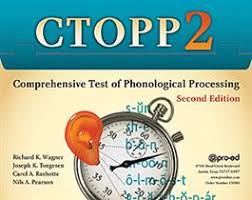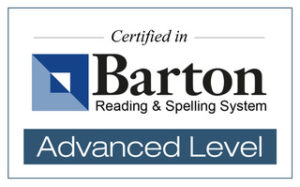Did you know most reading problems can be prevented?
Early intervention is the key to identifying a potential problem with reading before it becomes a problem in your child’s life. These problems being identified and the child being properly taught at an early age can not only prevent reading problems, but prevent self-esteem issues and difficulties in school.
A Few Facts about Early Intervention:
-
Dyslexia can be identified at age 5 1/2 with 92% accuracy.
-
The National Institutes of Health states: 95% of dyslexic students will read proficiently, at grade level, if they receive the right kind of instruction by 1st grade. That means the best window of opportunity is during kindergarten and 1st grade.
-
It is more difficult for a child to catch up, the longer help is delayed. For example, if help is given in the 4th grade (instead of kindergarten or 1st grade) it takes 4 times as long to improve the same skills by the same amount.
-
This is why Deciphering Dyslexia offers early intervention screening to children who have completed 1/2 of kindergarten or are in the 1st grade. We want to catch these at risk children early. Children who start the Barton Reading and Spelling System early will not only have the benefit of learning how to read and spell with out falling behind of their peers, but they will also not be subjected to humiliation having their self esteem crushed by the feelings of being “stupid” or “not as smart as their peers.”
Intervention
Facts

Using the (CTOPP-2) Comprehensive Test of Phonological Processing, we can identify children with phonological difficulties who may be at risk for reading problems.



